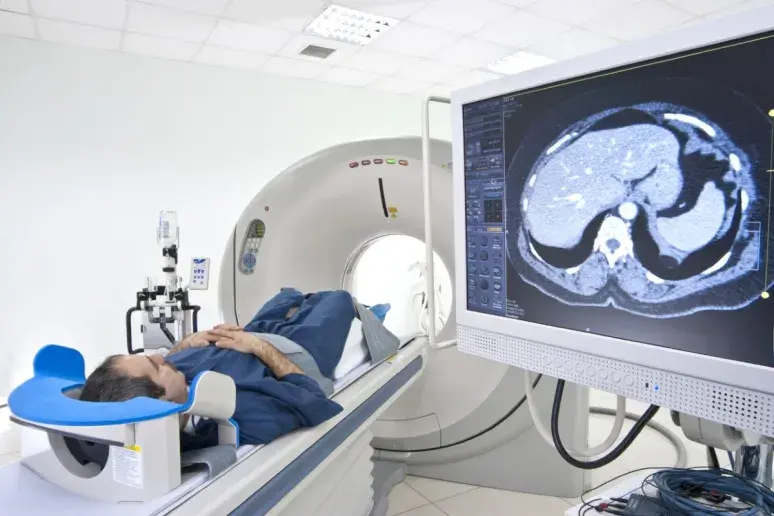
Dementia-causing plaques lit up by new brain scan
A new tool in the fight against dementia has been developed by scientists, who have created a revolutionary brain scan. It uses radioactive ‘tracer’ molecules that are injected into the brain and bind with the plaques that are associated with cognitive decline.
Lighting them up in this way allows healthcare professionals to see when a person is in the early stages of dementia. Catching the condition early makes it easier to treat and can lead to a better quality of life for longer in patients.
The breakthrough has been made by experts at Johns Hopkins University in Baltimore and could lead to less of a reliance on memory tests for diagnosis. As it becomes harder to treat dementia once it has set in, this is vitally important.
People with dementia have both amyloid beta and tau proteins built up in their brains, which then form into clumps. These in turn smother and then destroy the neurons that transmit nerve pulses, leading to memory loss and confusion.
Dr Dean Wong, a radiologist at Johns Hopkins Medicine and lead author of the study, outlined one of the biggest difficulties with dementia. He said that scientists are hampered by the inability to see the proteins developing in real time.
He told the Daily Mail: “One of the challenges in studying Alzheimer's is that we have a disease that cannot be cured and doesn't have a clear diagnosis until autopsy. We've been working to identify new radio-pharmaceuticals to speed up diagnostics and treatments for these neurodegenerative disorders.”
This latest study builds on the work of a previous one that tested around 550 potential tracer molecules, before coming up with a definitive list of three. It conducted a two-part experiment in which 12 Alzheimer’s patients, seven young controls and five healthy older people were examined.
In the first part of the study, the participants were each injected with two of the three pre-determined tracers on separate visits. PET scans were then used to determine which ones were the best performing indicators.
Looking at the scans of the control group’s brains showed little or no tracer left behind. Tangles of tau proteins were lit up by the tracer in those with Alzheimer’s. Areas such as the temporal lobe, which is used for understanding of speech; the parietal lobe, which transmits sensory information; and the occipital lobe, which processes what your eyes see, were the most affected.
The best-performing tracer in the first part was found to be F-18 RO948, so it was examined in more detail during the second stage. This time, the researchers compared 11 Alzheimer’s patients and ten adults with good cognitive health.
Interestingly, they discovered that this tracer doesn’t indiscriminately stick to other tissues, like the currently most commonly used tracer does. This offers a clearer view of how the protein build-ups in the brain accumulate.
Dr Wong added: “We now have at least two ways of imaging tau in the brain and [as] neuroscientists it might help with early detection of Alzheimer’s and monitoring future treatments.”
Find your nearest Barchester care home
With over 200 care homes in the UK, there's always a Barchester care home near you.
